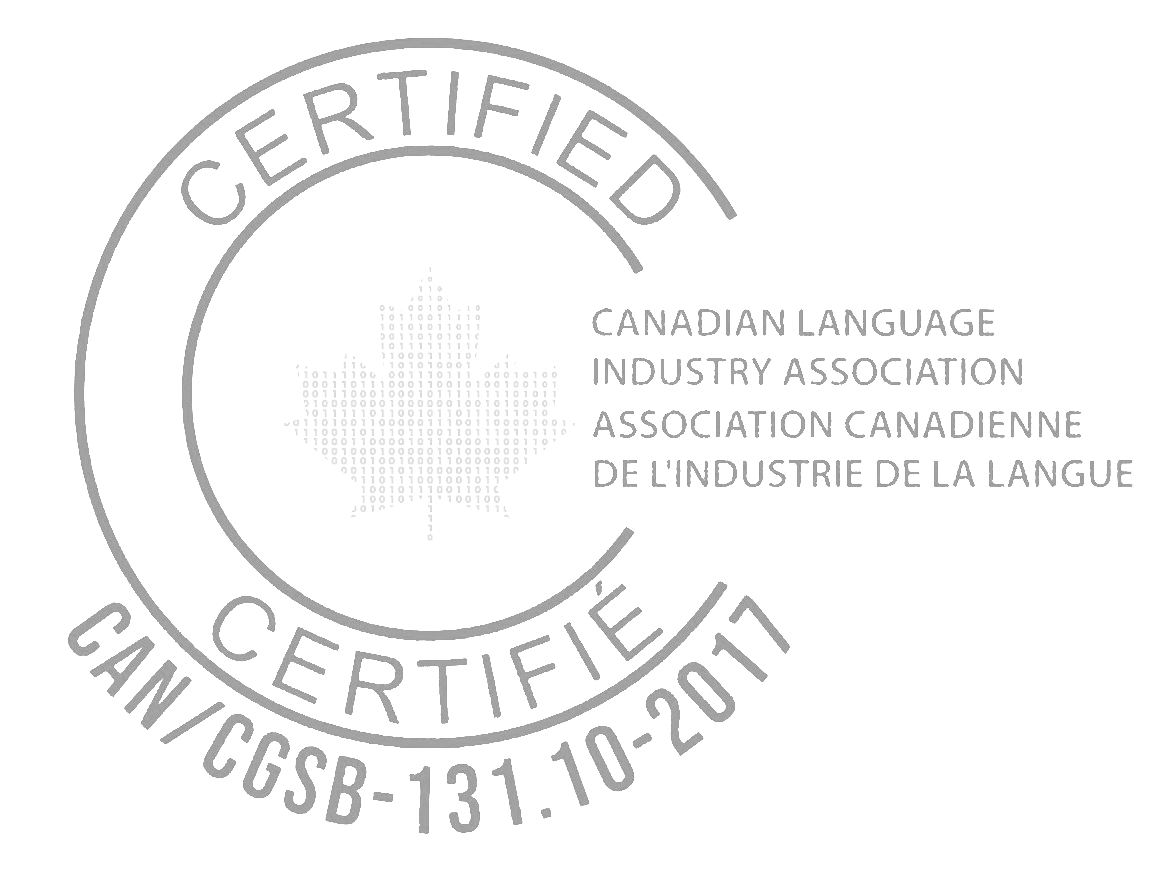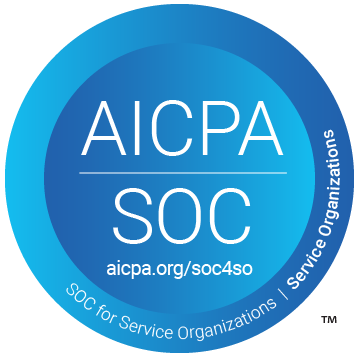Language Barriers aren’t what they used to be.
Until recently, the only way to communicate with somebody who spoke a different language from you was to learn it, or have a willing speaker translate it for you.
For years, the thought of instantaneous technology-assisted translations was the preserve of science fiction writers like Douglas Adams or George Lucas.
Fast forward to 2025, we are almost desensitized to the computing power of A.I. translation software.
“Of course it can translate my words instantaneously, what can’t it do?”
The real question is how did we get to this incredible tool, and where will this journey shaped by technology, ambition, and human ingenuity take us next?
Interpretive Infancy
Our journey begins in the 1950s, a decade when computers were the size of apartments, and artificial intelligence was more likely to be mentioned in a comic book than a corporate convention.
The first machine translation systems, advocated by pioneers such as Warren Weaver, were based on rigid rules and simplistic dictionaries. However, early results were underwhelming. Even simple translations were often inaccurate, grammatically incorrect, and generally nonsensical.
Following the failed promises of seamless, accurate translations of Russian/English with the Georgetown experiment in 1954, interest and research stalled for over a decade.
The Rise of Rule-Based Translations
The next leap forward came in the 1970s with the development of Rule-Based Machine Translation (RBMT).
Researchers took advantage of more powerful computers to implement more sophisticated linguistic rules and larger dictionaries.
Translations became more intelligible, though still far from ideal, or ‘natural sounding’.
RBMT systems were ultimately methodical but brittle, often struggling with idioms, context, and nuance—things that human translators have handled effortlessly for centuries.
End of the Century - Probability-Based Translations
The 1990s ushered in an era of probability-based translations. Instead of programming languages into machines, researchers like Peter Brown at IBM let data do the talking.
Statistical Machine Translation (SMT) relies on massive parallel corpora to learn translation probabilities.
Rather than using dictionaries, SMT used data sets to spot patterns between how words of different languages were used. Then the model ranks possible translations based on how much they sound like fluent expressions of the target language.
The results were translations that felt more natural and fluent, though accuracy was still hit-or-miss due to the computing power and vast amounts of data needed.
New Millennium, New Machine
The first two decades of the 21st century ushered in Neural Machine Translation (NMT).
Empowered by the leaps forward in computing speed and memory size, NMT systems learned end-to-end from vast datasets, to understand language in a way that reads as closer to humans.
This gave rise to widely accessible generic translation tools that can be found in search engines, all the way through to specialized, highly refined translation engines such as NEURAL. For the first time, it was even possible to have real-time conversations across languages!
Where do we go from here?
As we step into the age of Large Language Models (LLMs), the potential of machine translation expands further. These models can handle multiple languages, understand context, and even incorporate visual and video inputs.
With innovations like Retrieval Augmented Generation (RAG), translation systems are becoming more contextual, pulling from databases to provide accurate, domain-specific translations.
Cutting-edge tools like Alexa Translations’ INFINITE are already paving the way, offering highly tailored translations that adapt to specific industries, companies, and even departments. As these technologies grow smarter and more intuitive, so too must our awareness of the ethical implications: bias, privacy, and the potential misuse of such powerful tools
Machine translation has come a long way—from rule-based rigidity to neural network nuance. As we stand at the cusp of the next revolution, one thing is clear: the language of the future is being written today.
If you’d like to learn more about the evolution of machine translations, you can also download our free infographic here.














